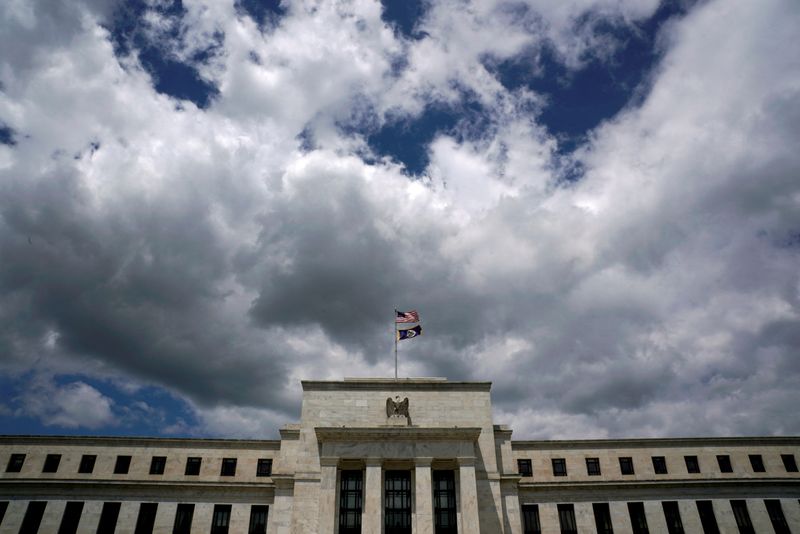
A look at the day ahead in U.S. and global markets by Amanda Cooper.
The first cut might be the deepest in some cases, but in the case of the Federal Reserve, it would seem not. Wednesday’s monthly inflation report showed a surprise tick up in core inflation that was enough to knock expectations for a jumbo half-point cut from the Fed next week on the head.
The data showed the core consumer price index rose 0.3% in August from September, compared with forecasts for an increase of 0.2%, and was up 3.2% on an annual basis, in line with economists’ predictions.
The difference was marginal, but it was enough to give the dollar a leg up against other major currencies and inject a degree of relief into rate-cut loving assets such as stocks that the economy isn’t nose-diving as some had feared.
Food prices rose last month, while the cost of energy products such as gasoline and electricity fell, which contributed to the headline rate rising 2.5% year on year, its smallest yearly advance since February 2021.
Analysts have said for several weeks that the market had got ahead of itself with bets on a 50-basis points (bps) cut at next week’s policy meeting and last week’s soft employment report drove the chances of a half-point cut to nearly 40% earlier this week.
That has snapped right back to 13%, according to the CME’s FedWatch tool.
The Fed has been more concerned about inflation in stickier parts of the economy, such as wages and the services sector. The central bank’s favoured measure is the core personal consumption expenditures index, which is running at a rate of 2.6%, just above the Fed’s 2% target.
Market-based expectations for medium-term inflation meanwhile, are already there. The five-year breakeven inflation rate – which takes the five-year Treasury note yield and subtracts the current rate of inflation – is already below 2% for the first time since early 2021.
Traders still anticipate around 100 bps of cuts by December, but the inflation numbers have cleared up some of the doubt around the immediate issue of September.
Fewer rate cuts are usually negative for equities. But tell that to the tech sector, where Nvidia (NASDAQ:NVDA) closed up 8.2% and the Nasdaq had its best day in a month.
With the intense focus on the ability of the world’s largest economy to generate jobs, Thursday’s weekly data on initial jobless claims could spark some volatility. But traders seem a lot more secure in their bets that the first cut from the Fed in four years will not be the deepest.
Key developments that should provide more direction to U.S. markets later on Thursday:
* ECB interest rate decision
* U.S. initial weekly jobless claims

